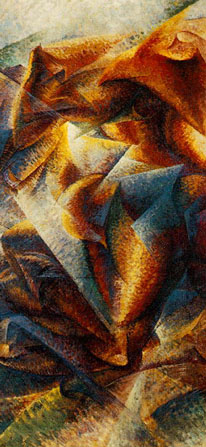ww Did You Know? ww
| |

How Internet Protocols Work
Have you ever wondered just exactly how this Web page you are reading
found its way into your browser and onto your computer screen? The process
largely depends on Web servers.
Typically, users visit a Web site by either clicking on a hyperlink that
brings them to that site or keying the site's URL (Uniform Resource Locator)
directly into the address bar of a browser. But how does the same site
appear on anyone's computer anywhere in the world and often on many computers
at the same time?
Let's use AUP as an example. You decide to visit AUP by typing its URL
-- http://www.aup.fr -- into your Web browser. Through an Internet connection,
your browser initiates a connection to the Web server that is storing
AUP files by first converting the domain name into an IP address (through
a domain name service) and then locating the server that is storing the
information for that IP address.
The Web server stores all of the files necessary to display AUP's pages
on your computer -- typically all the individual pages that comprise the
entirety of a Web site, any images/graphic files and any scripts that
make dynamic elements of the site function. Once contact has been made,
the browser requests the data from the Web server, and using HTTP, the
server delivers the data back to your browser. The browser in turn converts,
or formats, the computer languages that the files are made up of into
what you see displayed in your browser. In the same way the server can
send the files to many client computers at the same time, allowing multiple
clients to view the same page simultaneously.
Sources:
http://www.protocols.com
http://www.webopedia.com/DidYouKnow/Internet/2002/IPaddressing.asp
